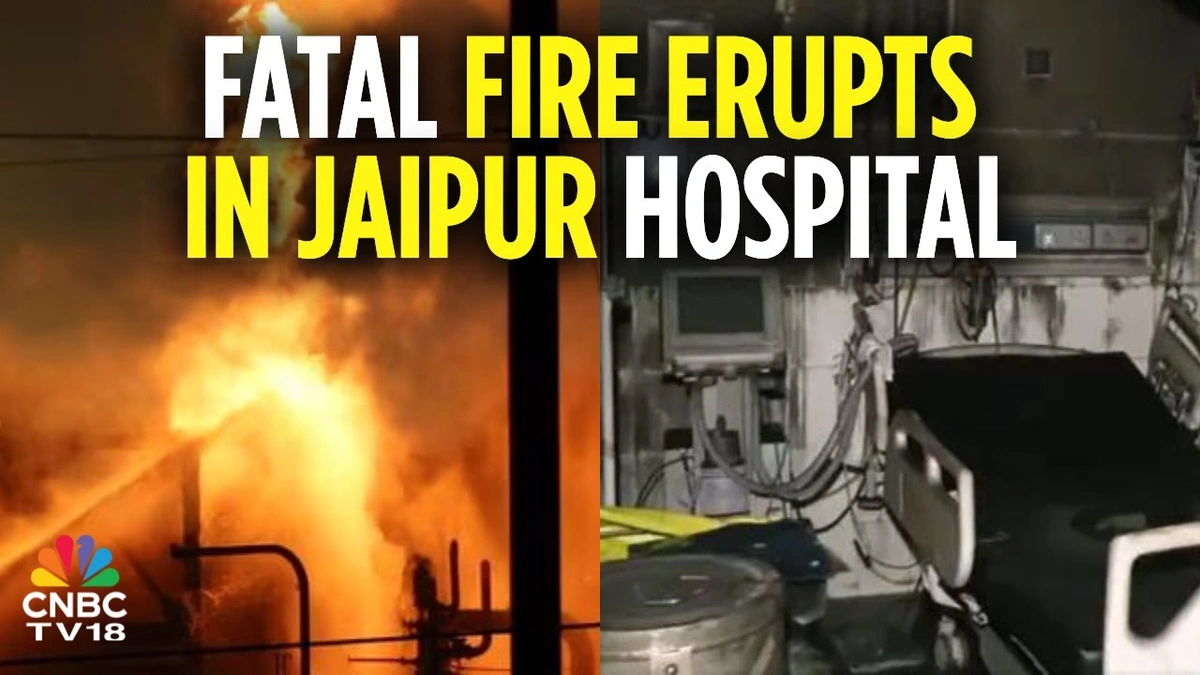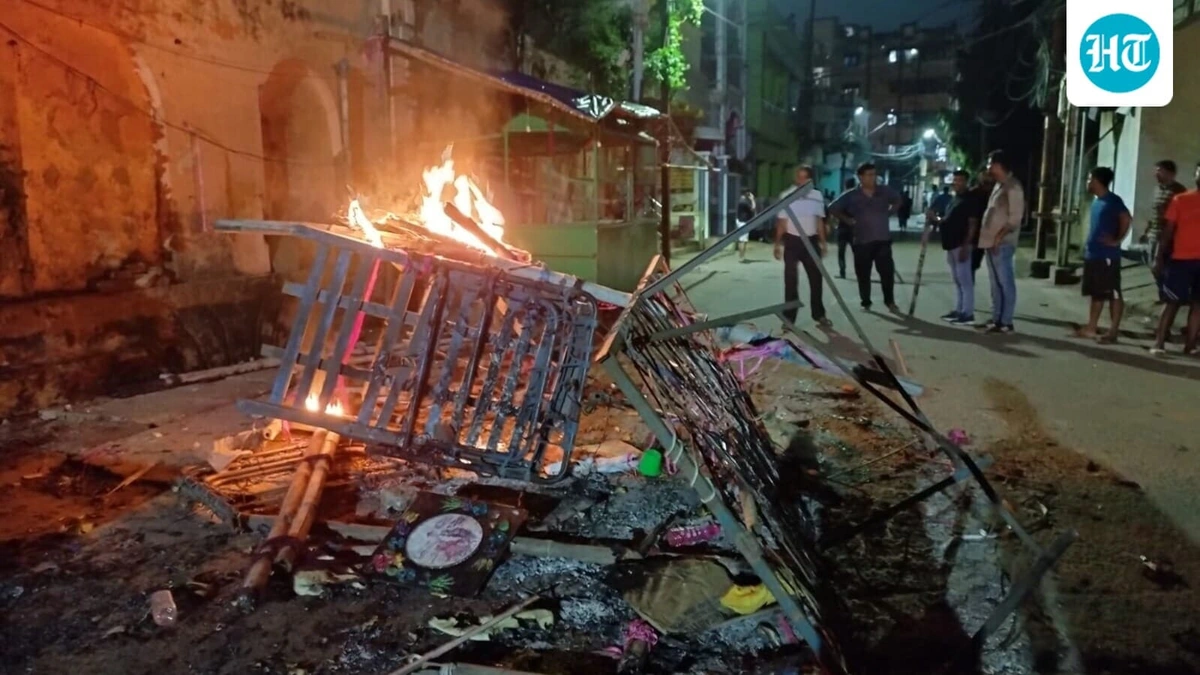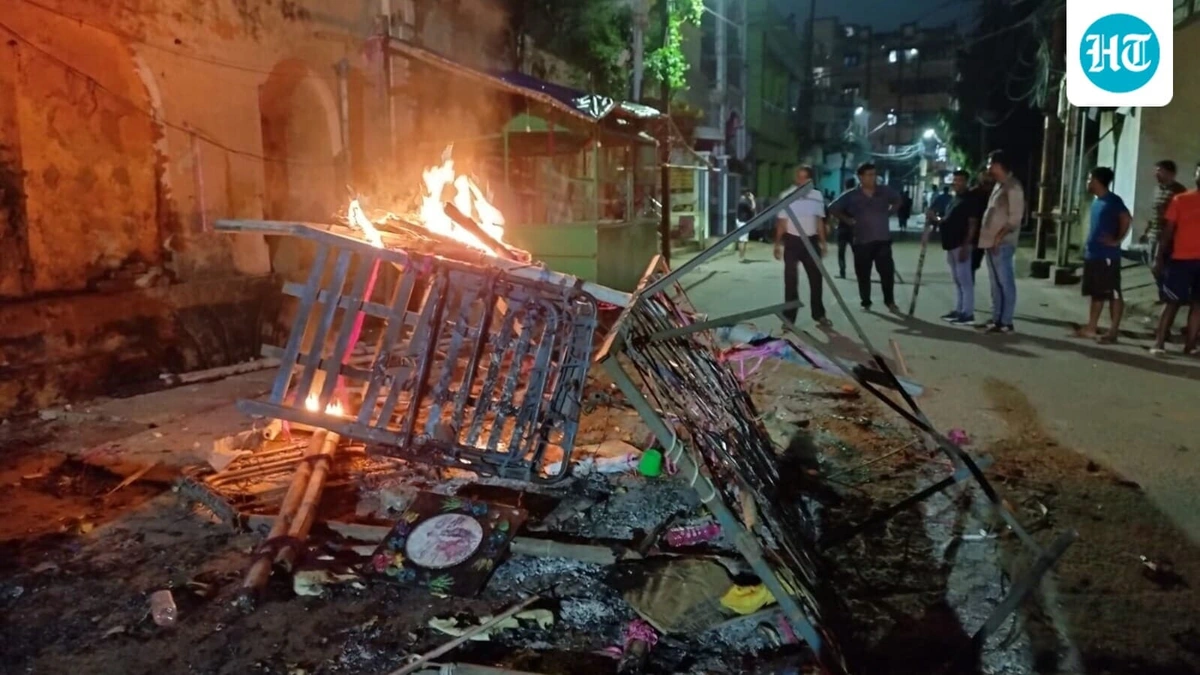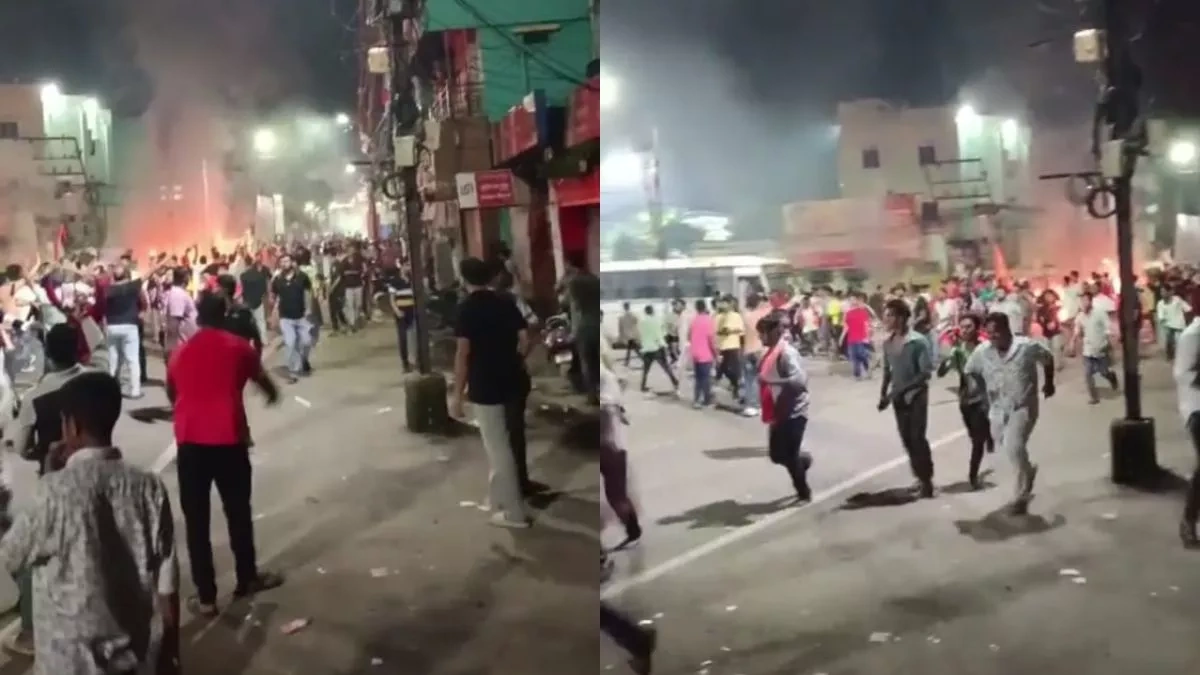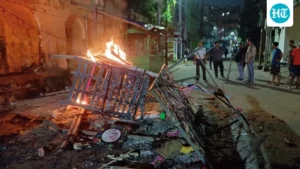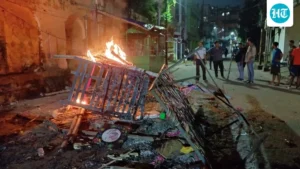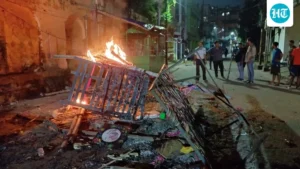Jaipur Hospital Fire Claims Lives of Six Patients
The news hit like a punch to the gut: a hospital fire in Jaipur claiming the lives of six patients. It’s the kind of headline that makes you stop, makes you think, and, if you’re anything like me, makes you angry. Not just at the tragedy itself, but at the nagging question of why this keeps happening. It feels like we hear about these incidents far too often in India. But, let’s be honest, simply reporting the news doesn’t cut it. We need to dig deeper. What went wrong? And more importantly, what can be done to prevent such catastrophes from happening again?
The Burning Question | Why Are Hospital Fires So Common?
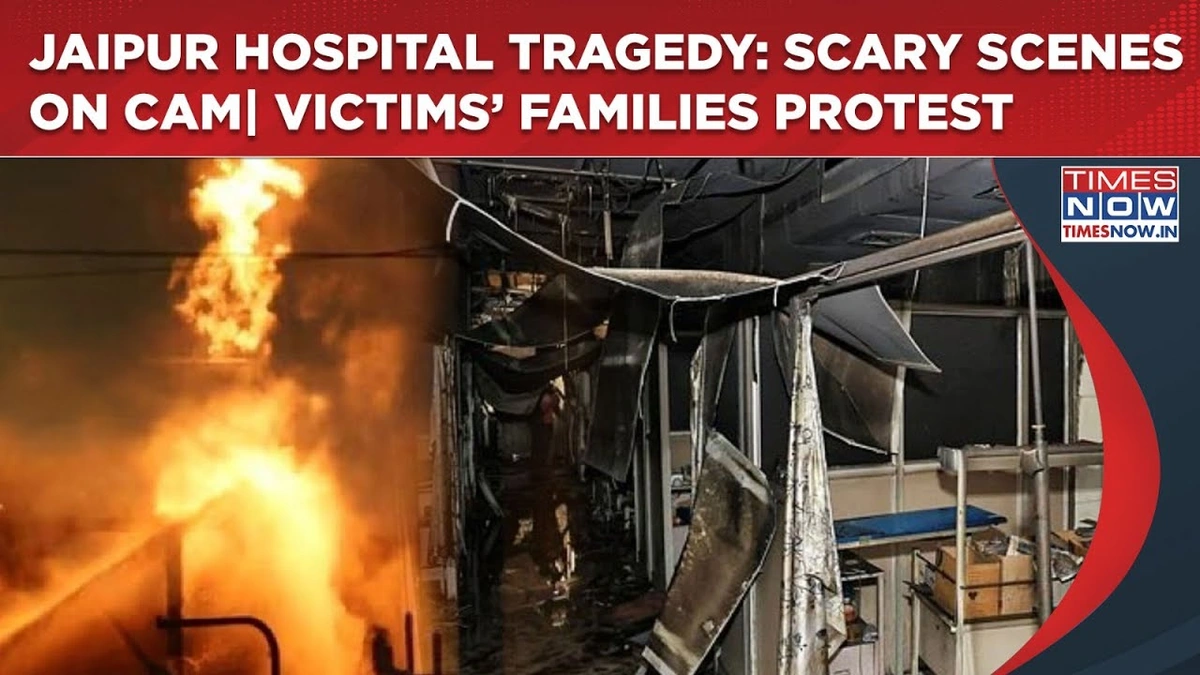
Here’s the thing: hospital fires aren’t freak accidents. They’re often the result of systemic issues – a dangerous cocktail of negligence, outdated infrastructure, and a general lack of enforcement of safety regulations. Think about it. Hospitals are complex environments. They’re packed with electrical equipment, flammable materials (like oxygen cylinders and sanitizers – especially after COVID), and a vulnerable population that often can’t evacuate themselves. According to the National Crime Records Bureau (NCRB) data, electrical short circuits are a major cause of fire accidents. And that’s before we even get to the human element: overworked staff, inadequate training, and a “it won’t happen to us” attitude. This complacency creates a perfect storm for disaster.
The Jaipur incident, while still under investigation, likely stems from a similar combination of factors. While the exact cause remains undetermined, early reports point to potential issues with electrical wiring or malfunctioning equipment. A common mistake I see is that fire safety audits are not conducted regularly and diligently, leading to lapses in identifying and addressing potential hazards. The frequency of these audits is crucial. It’s not enough to just tick boxes; the audits need to be thorough, and the recommendations need to be implemented promptly.
Decoding the Fire Safety Labyrinth | Rules & Regulations
So, what should hospitals be doing? Well, there’s no shortage of guidelines. The National Building Code (NBC) of India provides comprehensive fire safety regulations for all buildings, including hospitals. These cover everything from fire detection and alarm systems to fire suppression equipment and evacuation procedures. There’s also the Clinical Establishments (Registration and Regulation) Act, 2010, which mandates adherence to safety standards as a condition for registration. As per the guidelines mentioned in the information bulletin, fire safety is a mandatory requirement. Here’s the thing though: these regulations are only as good as their enforcement. And that’s where the system often fails.
Local fire departments are responsible for conducting inspections and ensuring compliance. But they’re often understaffed and overwhelmed, leading to superficial checks and a lack of follow-up. What fascinates me is how easily these guidelines can be overlooked. There needs to be a greater emphasis on accountability. Hospital administrators need to be held responsible for maintaining fire safety standards, and there needs to be stricter penalties for non-compliance. We also need to empower patients and their families to demand better safety measures. Knowledge is power, and knowing your rights can make a difference.
Beyond the Blaze | The Human Cost of Negligence
The immediate impact of a hospital fire is devastating, of course. Lives are lost, families are shattered, and the hospital itself is thrown into chaos. But the long-term consequences are often just as significant. Survivors can suffer from physical injuries, psychological trauma, and a deep-seated fear of hospitals. The incident also erodes public trust in the healthcare system, making people hesitant to seek medical care. This lack of trust can have ripple effects, leading to delayed diagnoses, untreated illnesses, and a further decline in public health. The emotional angle is that this also creates an environment of constant anxiety for hospital staff, who are already under immense pressure.
Let me rephrase that for clarity: a hospital fire isn’t just a statistic. It’s a human tragedy with far-reaching consequences. And while investigations are important, they shouldn’t be used as a smokescreen to avoid addressing the underlying issues. We need to move beyond the blame game and focus on implementing systemic changes that will prevent future tragedies. This involves investing in better infrastructure , strengthening enforcement mechanisms, and promoting a culture of safety and accountability within hospitals.
The Path Forward | A Multi-Pronged Approach to Fire Safety
So, what can be done? A multi-pronged approach is essential. First, we need to upgrade the infrastructure of our hospitals. This means installing modern fire detection and suppression systems, using fire-resistant materials, and ensuring that buildings are designed to facilitate safe evacuation. Regular maintenance of electrical systems is also critical to prevent short circuits. The use of non-flammable medical equipment can help to prevent spreading the fire . Second, we need to strengthen enforcement of fire safety regulations. This requires increasing the capacity of local fire departments, conducting more frequent and thorough inspections, and imposing stricter penalties for non-compliance. The one thing you absolutely must double-check is the availability of clear evacuation plans and trained staff.
Third, we need to prioritize training and education. Hospital staff need to be trained in fire safety procedures, including how to use fire extinguishers, evacuate patients, and respond to emergencies. Patients and their families should also be educated about fire safety measures and their rights. Finally, we need to promote a culture of safety and accountability within hospitals. This means empowering staff to report potential hazards without fear of reprisal, and holding administrators accountable for maintaining fire safety standards. It’s best to keep checking the official portal for any updates.
Empowering Change | The Role of Public Awareness
Ultimately, preventing hospital fires requires a collective effort. The government, hospital administrators, staff, patients, and the public all have a role to play. By working together, we can create a safer healthcare environment for everyone. But this change begins with awareness. We need to keep talking about these incidents, demand accountability, and push for meaningful reforms. Only then can we hope to prevent future tragedies and ensure that hospitals remain places of healing and hope, not potential death traps. What initially thought straightforward, then realized its complexity. Let’s be honest: This requires unwavering vigilance and a commitment to putting people’s lives above all else.
Frequently Asked Questions (FAQ)
FAQ
What are the common causes of hospital fires in India?
Electrical short circuits, faulty equipment, and improper storage of flammable materials are major causes.
What fire safety regulations should hospitals follow?
The National Building Code (NBC) and the Clinical Establishments Act outline comprehensive fire safety standards.
What can I do if I see a potential fire hazard in a hospital?
Report it to hospital staff or administrators immediately. Escalate to authorities if necessary.
What if I forgot my application number?
Contact the exam conducting authority to retrieve your application number.
How can hospitals improve their fire safety measures?
Upgrade infrastructure, strengthen enforcement, prioritize training, and foster a safety culture.
How can patients and their families ensure their safety in a hospital?
Be aware of evacuation routes, ask about fire safety measures, and report any concerns.
